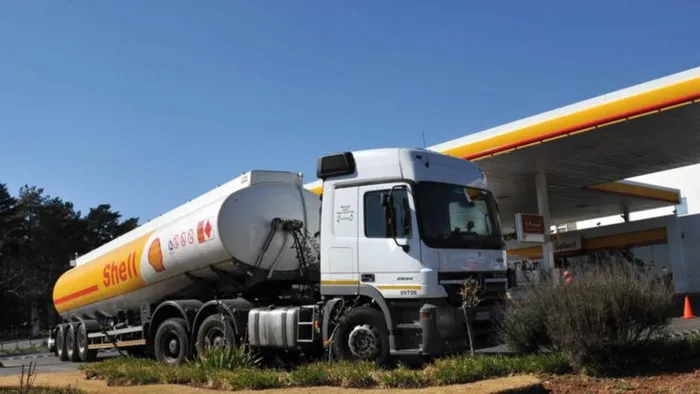Explainer: Why fuel is more expensive inland, and how prices are calculated in South Africa

Additional transport costs make fuel more expensive in the inland regions. File Picture: Antoine de Ras / Independent Media
It’s a fact of life that petrol and diesel are more expensive in the inland parts of South Africa, something that has been thrust into the spotlight after an additional tariff was imposed on Nelson Mandela Bay Metro for October.
Due to a damaged tanker berth at the Port Elizabeth Harbour, which may only be fixed by December at the earliest, motorists in that region were not given the full R1.14 petrol and diesel price cuts that were implemented across the country.
Consumers in Gauteng currently pay 79 cents more for petrol than their coastal counterparts, but those in the Gqeberha bay area now pay 34 cents more than the usual coastal price, while those in outlying towns such as Kariega pay a premium of 64 cents, according to the NMB Chamber of Commerce. This temporary tariff is due to transport costs as fuel is being brought in from East London.
For the purposes of fuel pricing, South Africa is divided into zones by the Department of Minerals and Energy (DMRE), with inland areas attracting a transport cost of 82.8 cents per litre.
The difference between inland and coastal fuel prices is mainly due to transport costs of the fuel from depots at the coast to inland outlets, the Automobile Association says. This long-distance transportation takes place by road, rail, pipeline and/or a combination thereof.
The fuel itself costs under R10 per litre
Interestingly, a litre of 93 Unleaded petrol costs just R9.57 when it lands at the harbour, while 95 Unleaded (which is not available at the coast) costs R9.89, according to a breakdown provided by the DMRE.
Following that, fuel attracts a wholesale margin of 69.8 cents, secondary storage charge of 36.6 cents as well as secondary distribution (17.2c) and retail margin (R2.91).
That brings us to R14.04 for a litre of 95 Unleaded, or R14.87 once the Gauteng zone differential has been added.
So in theory, petrol should cost just under R15 in the inland regions, but we’re missing something big here.
A big bone of contention
From this point, the ‘taxman’ comes and scoops a General Fuel Levy of R3.96, Road Accident Fund Levy of R2.18 - and let’s not forget the customs and excise duty of 4 cents.
That’s R6.18 in taxes for every litre of fuel that you put into your tank, bringing the price of a litre of 95 Unleaded petrol up to R20.26 at the coast and R21.05 in Gauteng.

Most of the above mentioned storage, transport and retail costs are adjusted on an annual basis, but the fuel price is adjusted monthly by the DMRE, based on the interplay between international oil prices and the rand exchange rate, which affect the basic fuel price.
October’s fuel price cuts, with petrol dropping by between R1.14 (95 ULP) and R1.06 (93 ULP) and diesel by R1.14 (500ppm) and R1.12 (50ppm), was primarily due to the average price of Brent Crude oil dropping from $78.54 (R1,363) in the previous review period, to $72.82 (R1,264) in the most recent month. Rand strength also made a small contribution to the sum as it appreciated from R18.05 to the US dollar to R17.68.
IOL